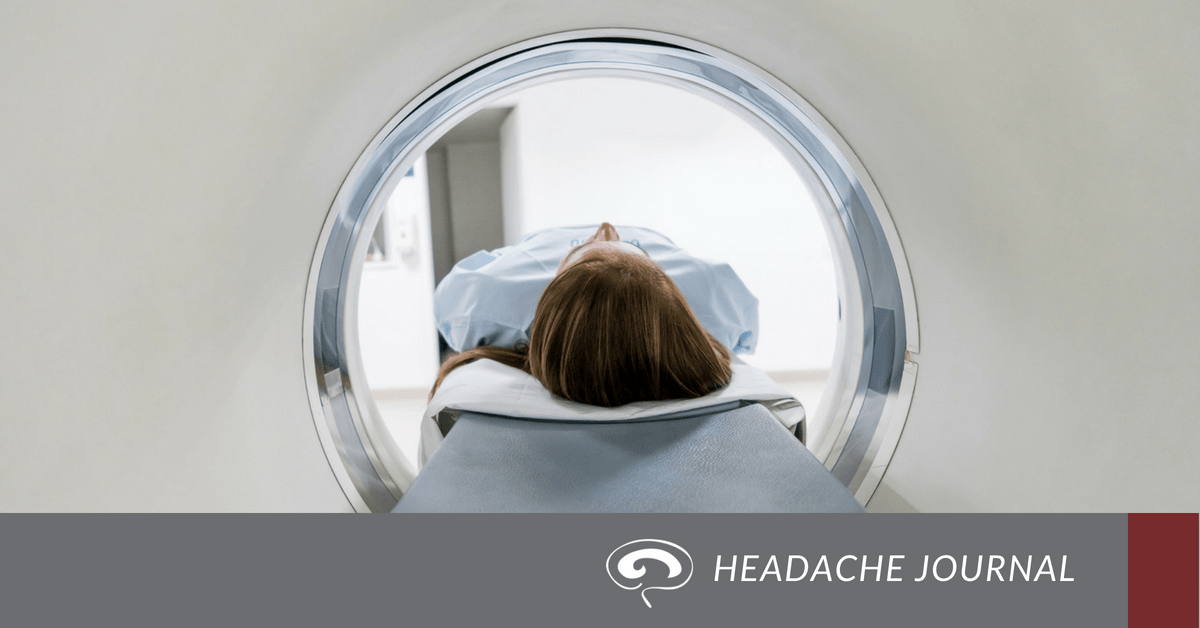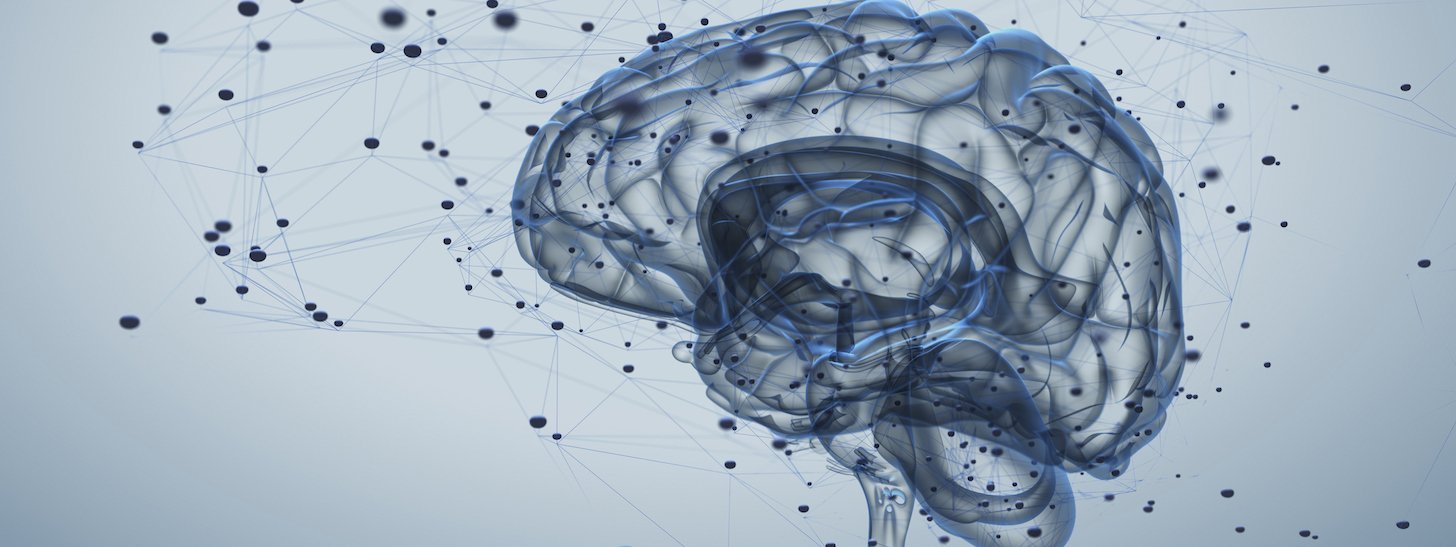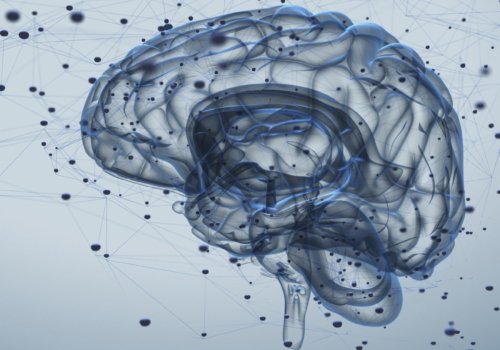
From the Journal: Debunking Myths and Misperceptions About Spontaneous Intracranial Hypotension
A new paper published in Headache looked at 10 myths and misperceptions surrounding the diagnosis and treatment of Spontaneous Intracranial Hypotension.
Spontaneous Intracranial Hypotension (SIH) is a relatively rare condition characterized by lower than average intracranial pressure. Patients with SIH typically have “orthostatic headaches” that are worse upon standing or sitting compared to lying down. SIH is most commonly caused by leakage of spinal fluid at the level of the spine. The condition is not commonly recognized, though it has gained more recognition recently.
Because of its increasing recognition over the past few years, researchers decided to explore various myths and misperceptions surrounding SIH in order to better educate neurologists and headache specialists about this rare condition. Spontaneous Intracranial Hypotension: 10 Myths and Misperceptions by Peter G. Kranz, MD; Linda Gray, MD; and Timothy J Amrhein, MD, was published in Headache: The Journal of Head and Face Pain to dispel myths surrounding SIH.
Researchers reviewed 482 studies with relevance to SIH, and presented their findings in a narrative review paper. Five of the 10 myths and misperceptions they debunked include:
#1 SIH is defined by low CSF pressure. Although low CSF pressure is common in patients with SIH, normal pressure may be found in patients with SIH and thus shouldn’t exclude the diagnosis.
#2 SIH is always characterized by orthostatic headache. Although this form of headache is common in SIH, researchers concluded that the range of headache types is broad and not limited to orthostatic headache.
#3 A negative brain MRI excludes SIH. Although MRI imaging is important in the diagnosis of SIH, a negative brain MRI should not exclude an SIH diagnosis, and further testing with spinal imaging should be conducted.
#4 Patients with dural enhancement should be worked up for meningitis. People unfamiliar with SIH may believe the presence of dural enhancement is indicative of infectious, granulomatous or neoplastic disorders, when in fact it is a highly specific indicator of SIH.
#5 Spinal imaging rarely reveals a leak in SIH. Results from spinal imaging vary greatly, but research has shown that spinal imaging can contribute to the diagnosis of SIH in a significant portion of patients.
Over the past few decades, a better, more nuanced understanding of SIH has evolved. The authors of this study concluded that in order to provide optimal therapy for their patients, health care professionals must be aware of the improvements that have occurred in the diagnostic strategies, treatments, and overall understanding of this condition.
The American Headache Society is committed to keeping its members up to date on the most innovative and meaningful advancements in the realm of headache medicine. One of many initiatives to support that mission is our publication of Headache: The Journal of Head and Face Pain, published ten times per year, which highlights the latest findings in the realm of headache medicine research. Our “From the Journal” series offers a preview of some of the groundbreaking work detailed in Headache. Enjoy access to the full catalogue of content plus a print subscription included with an American Headache Society Membership. Click here to become a member today.


